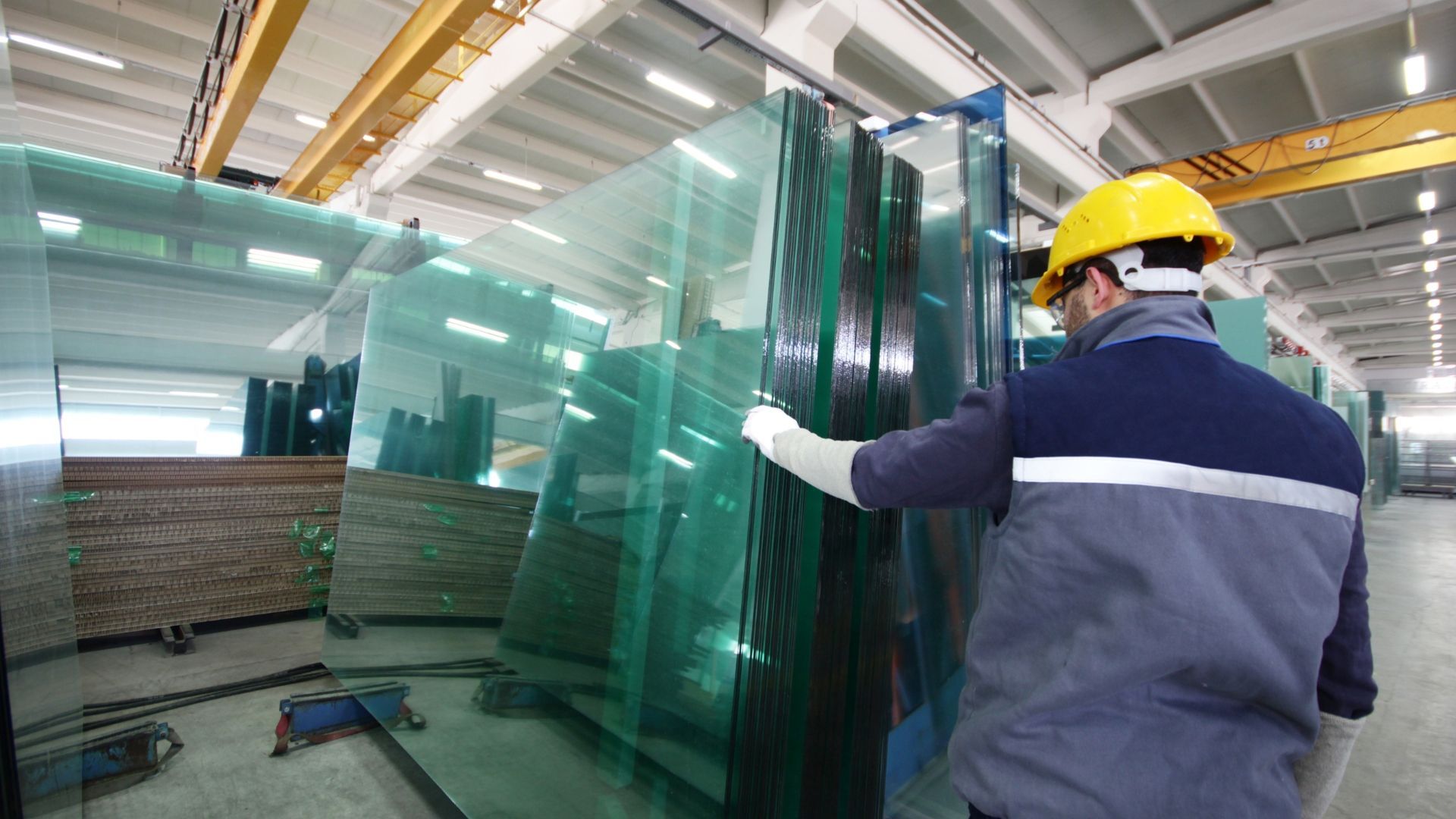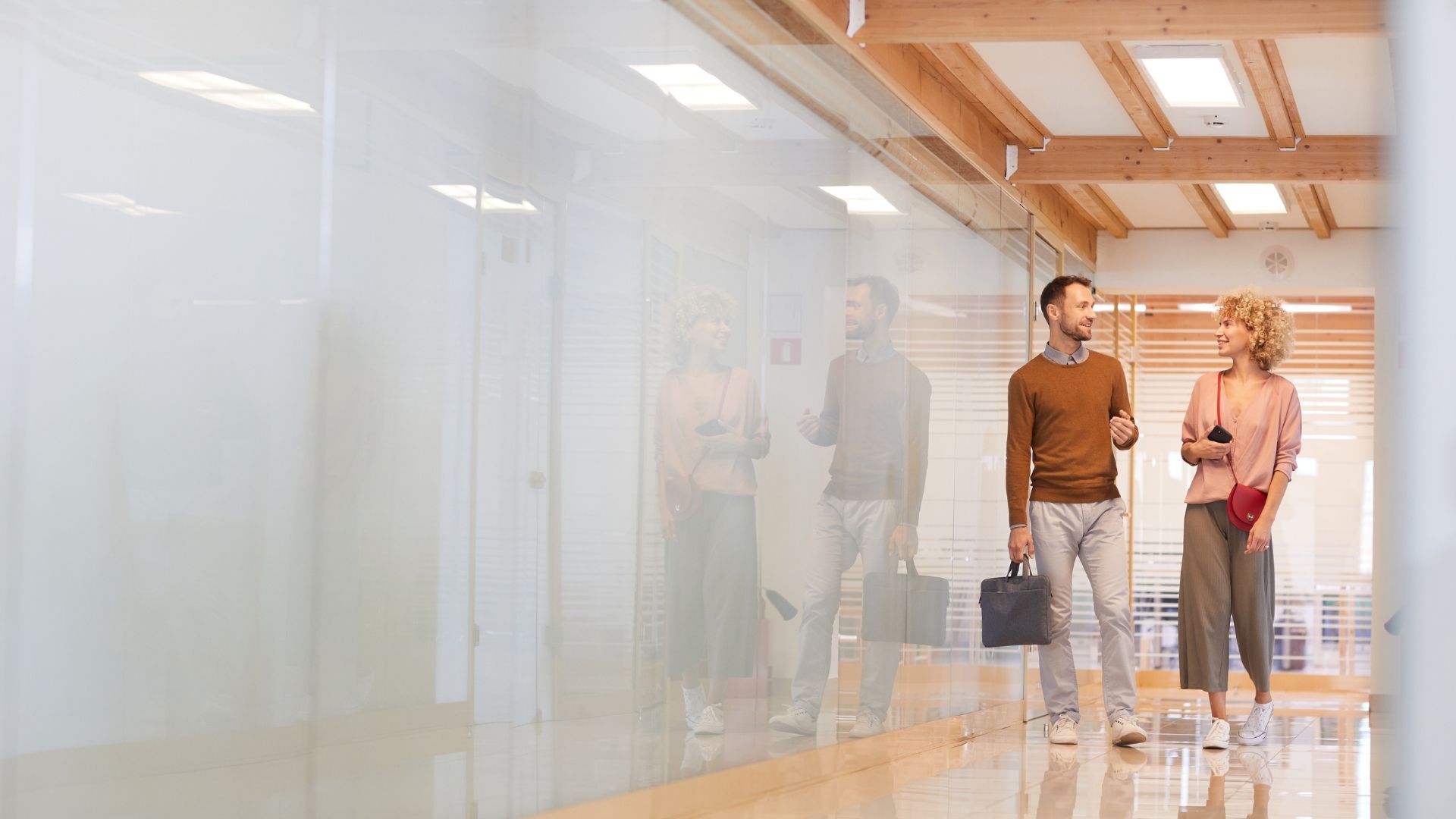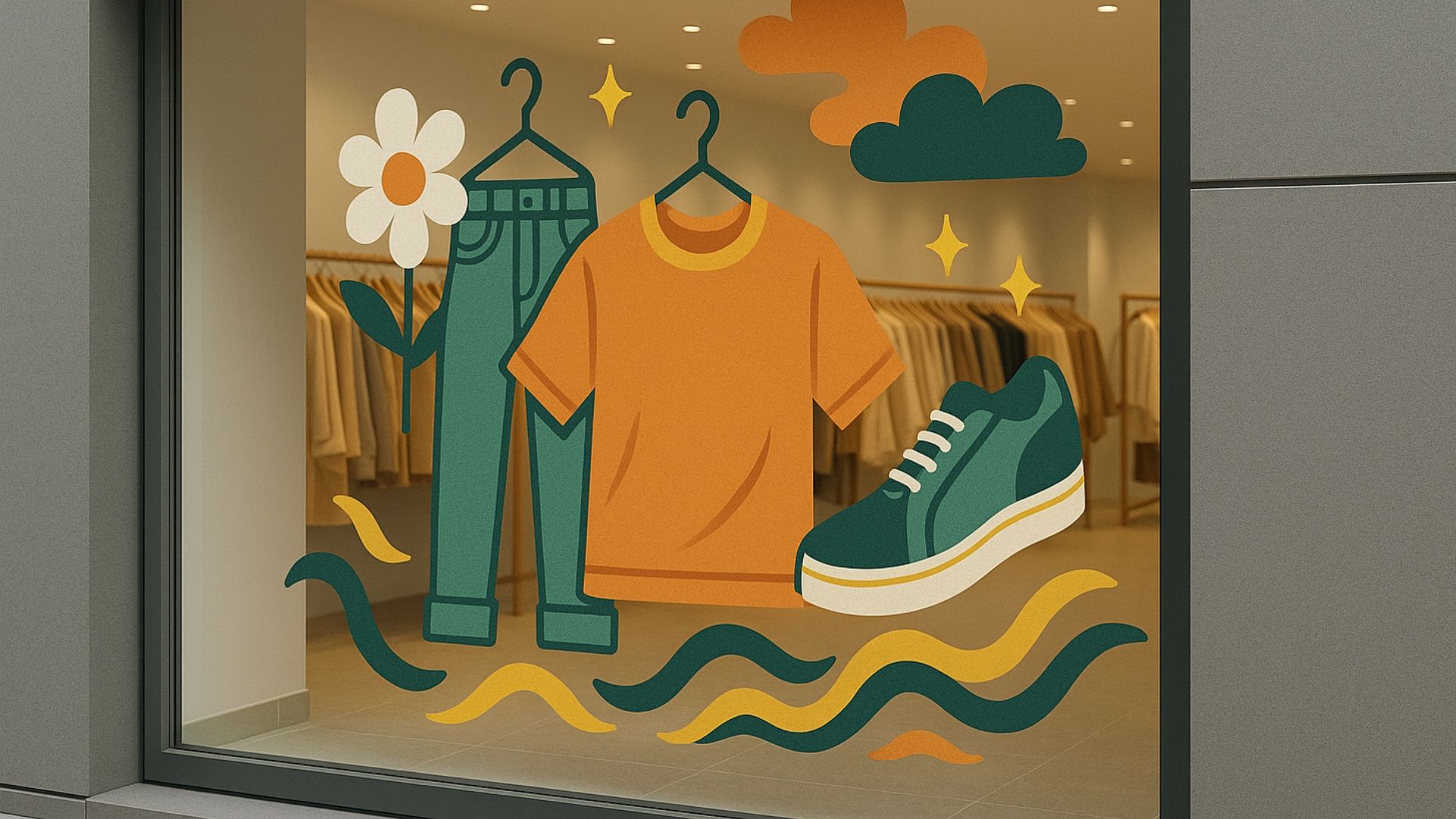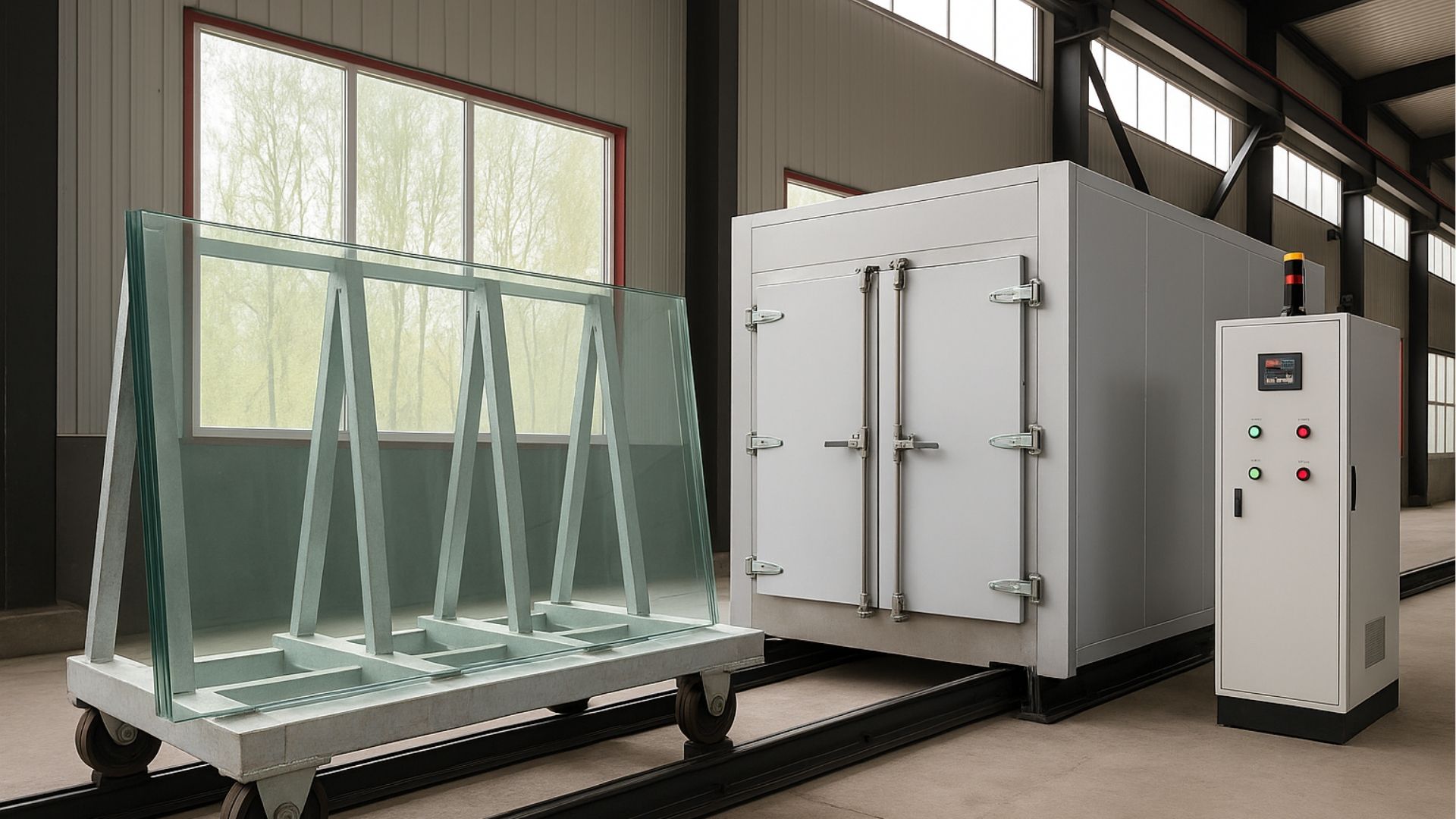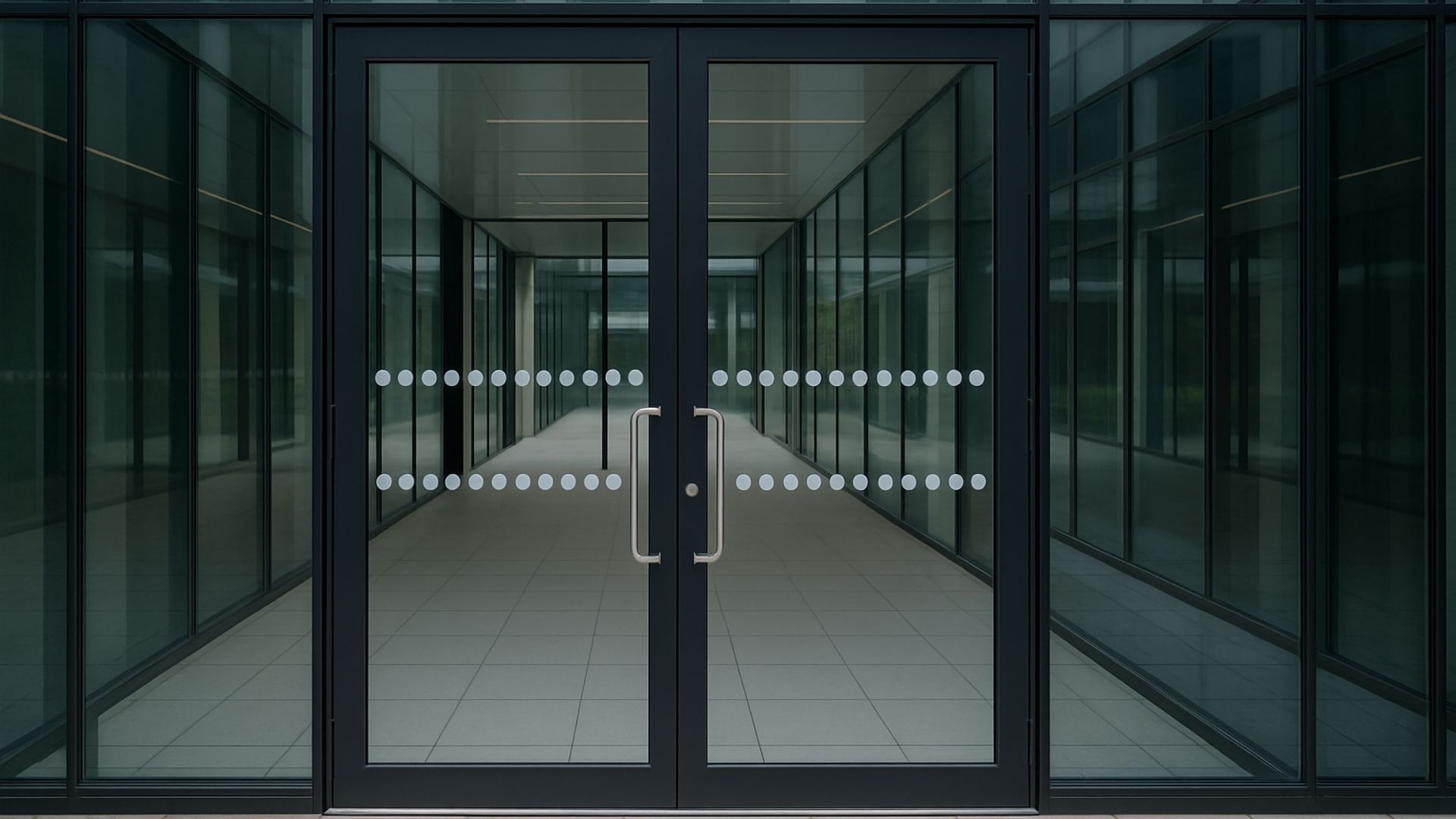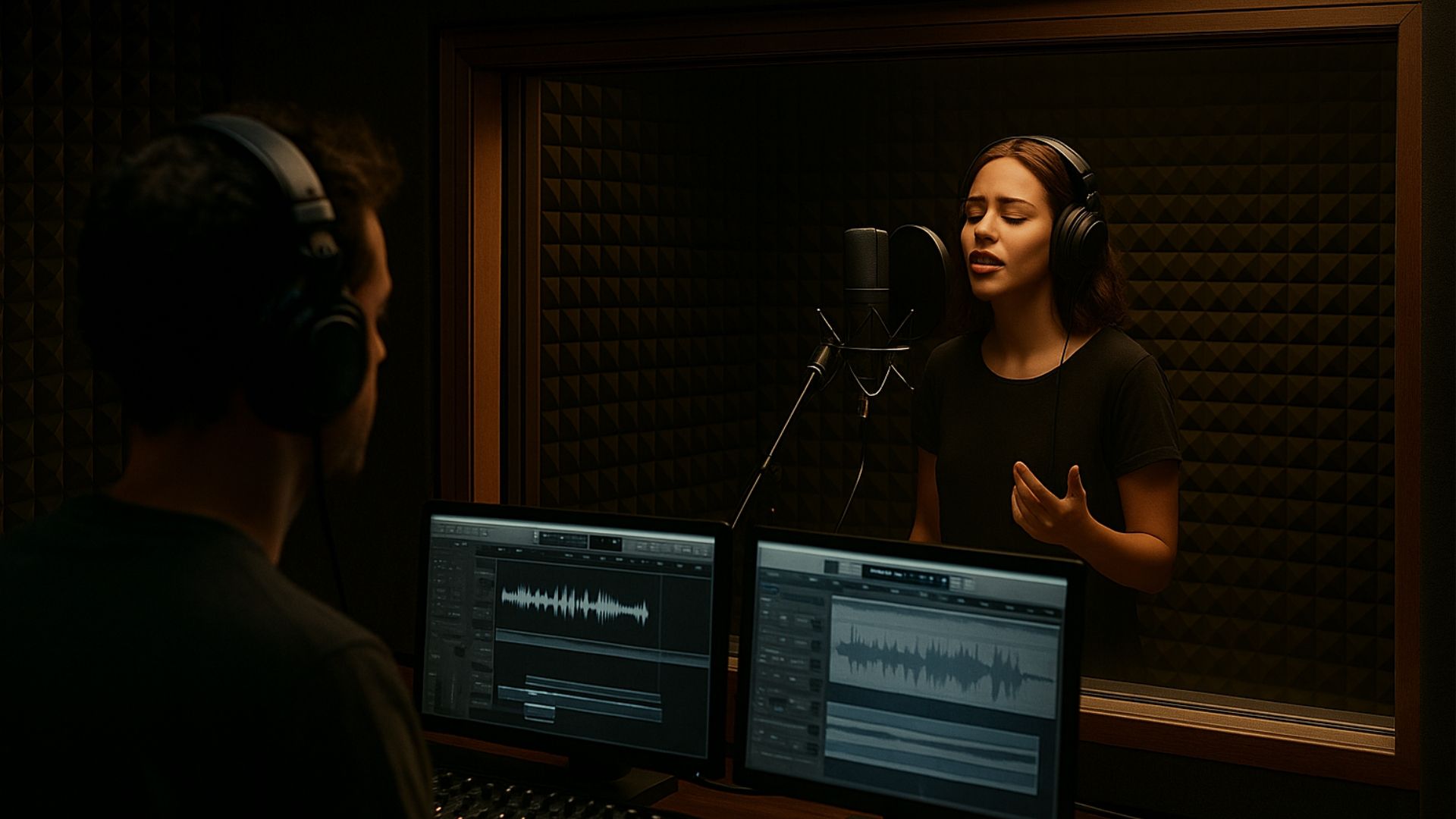The glass recycling process from start to finish
Share this blog:
Did you know that glass can be infinitely recycled? Learn how the process works, step by fascinating step.
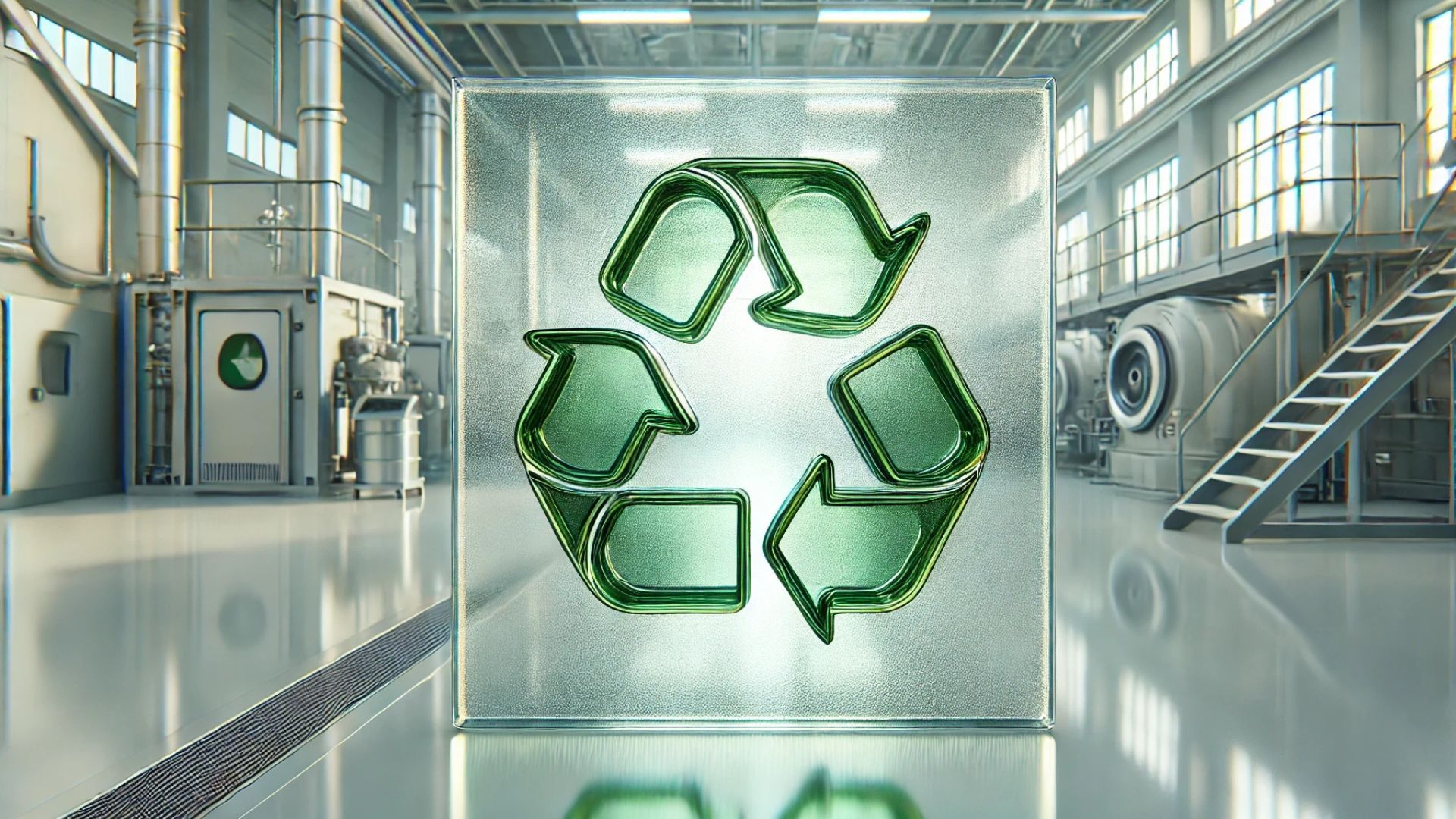
Glass is kind of amazing.
"OK, ToughGlaze", we hear you sigh. "You sell glass, so you're bound to say glass is amazing."
And, sure – we all know that glass can do amazing things in the hands of architects, builders and glass processors. It can become the crystal shell of a towering skyscraper. It can glow with
coloured interlayers and
LED backlights. It can be
toughened,
laminated or
screen-printed. It can even
change from clear to opaque at the touch of a button.
But that's just the start of the story. See, glass saves its biggest party trick for last.
Glass is amazing because it's infinitely recyclable. Once it's lived its life as a windowpane or bottle or fish tank, it can be melted down and made new.
And unlike plastic and paper, glass doesn't degrade with each recycle. You can expect recycled glass to be just as strong, crisp and clear as glass that's fresh from the forge.
This has obvious benefits for sustainability. In the race for carbon neutrality, glass can give eco-savvy organisations a valuable head start.
But how does it all work, exactly? Surely it's not as simple as melting the glass, pouring it into a mould and saying "job done"?
It's not
quite
that simple. But it might be simpler than you think.
Let's learn.
The glass recycling process, step by step
1. Collection
You'll know this part of the process because it's the only one you need to worry about.
Glass collection processes differ depending on locale and other factors. Local authorities tend to handle domestic recycling programmes, offering kerbside collections from mixed-stream or single-stream bins. Large businesses, meanwhile, are more likely to use a private waste collection service.
In any case, the destination is the same. All that waste glass is piled into refuse vehicles and taken to specialised recycling centres.
2. Sorting
The sorting stage is a ballet of manpower and machine power that's complex enough to deserve its own article. Suffice it to say we're simplifying things here. For instance, rather than sorting being neatly confined to one stage, items tend to be sorted and resorted throughout the process.
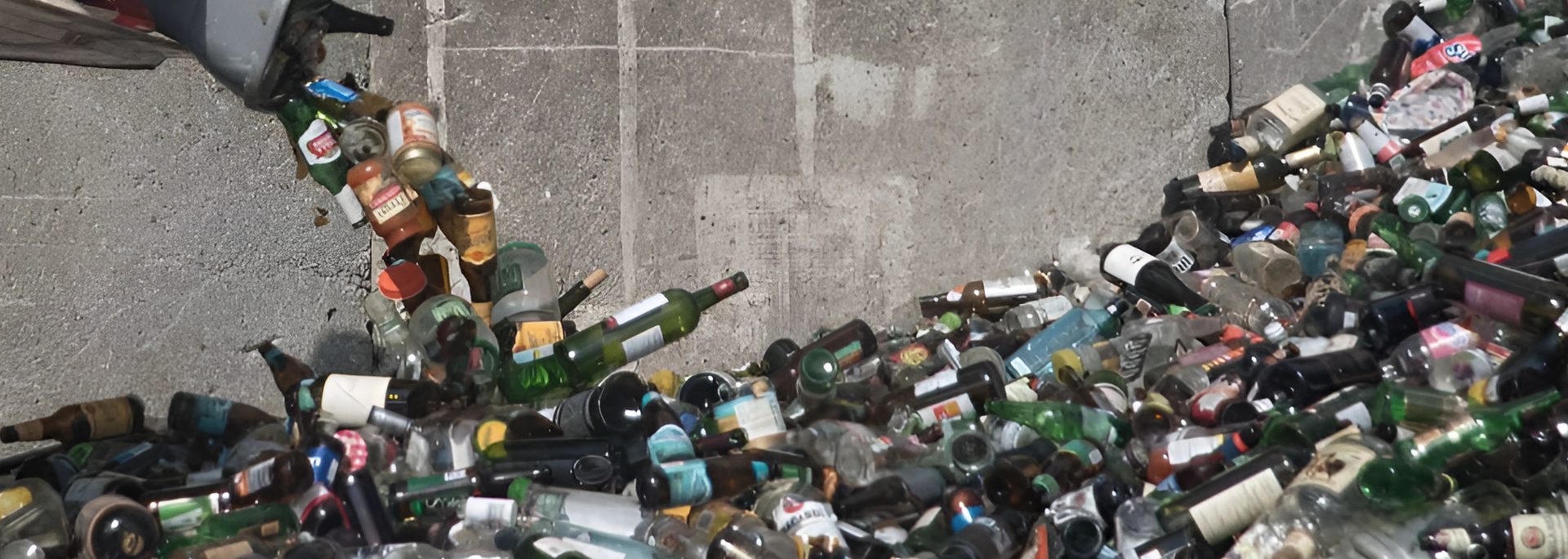
The mechanised part of the process involves huge, perforated drums called "trommels", which separate items by size. Magnets, air blasts and light sensors are also used to sort by material, weight and colour.
Humans get involved at two points. The first is the pre-sort, where obviously non-recyclable stuff is removed. The second is the quality control stage. Machines, after all, can't be trusted to get everything right.
3. Smashing
This stage is as simple and brutal as it sounds. Before the glass can be melted and reformed, it must be broken up. This is done using mechanised hammers.
A little water may be added to the glass, too. This helps stop tiny particles from polluting the air. The glass pieces are also sorted by size using trommels.
The glass is now in small pieces – but they're not quite small enough. Before it can be reforged, the glass needs to be pulverised. And before that, it needs to be, erm, "bed drier fluidised"…
4. Bed drier fluidisation
We may as well call this stage "the burnification". It's all about roasting off unwanted stuff – bacteria, sugar and any glue that remains from sticky labels.
To accomplish this, recycling plants use what amounts to a huge hair dryer. The glass pieces vibrate their way through a chamber, where they're blasted with air heated to around 88ºC (190ºF).
Any air-borne contaminants are sucked up using, well… a big vacuum cleaner, basically.
5. Pulverisation
It's time to pulverise.
Since we're already using household appliance analogies, you can imagine this stage as a coffee grinder and a sieve. The glass shards are ground up and then passed over a screen. If the pieces are small enough, they fall through the screen. If not, they're passed back through for another grind.
And so it goes. Grind, sift, grind, sift – until all the glass is small enough to be made new.
6. Screening
We now have tiny pieces of glass cullet. This is the material that will be melted down to create new glass.
Even after all this processing, however, the cullet is still not uniform. There are pebble-sized pieces mixed with tiny granules as fine as sand – and all the sizes in between.
Different manufacturing processes require cullets of different sizes. So, before it can be shipped off, it must be sorted one last time.
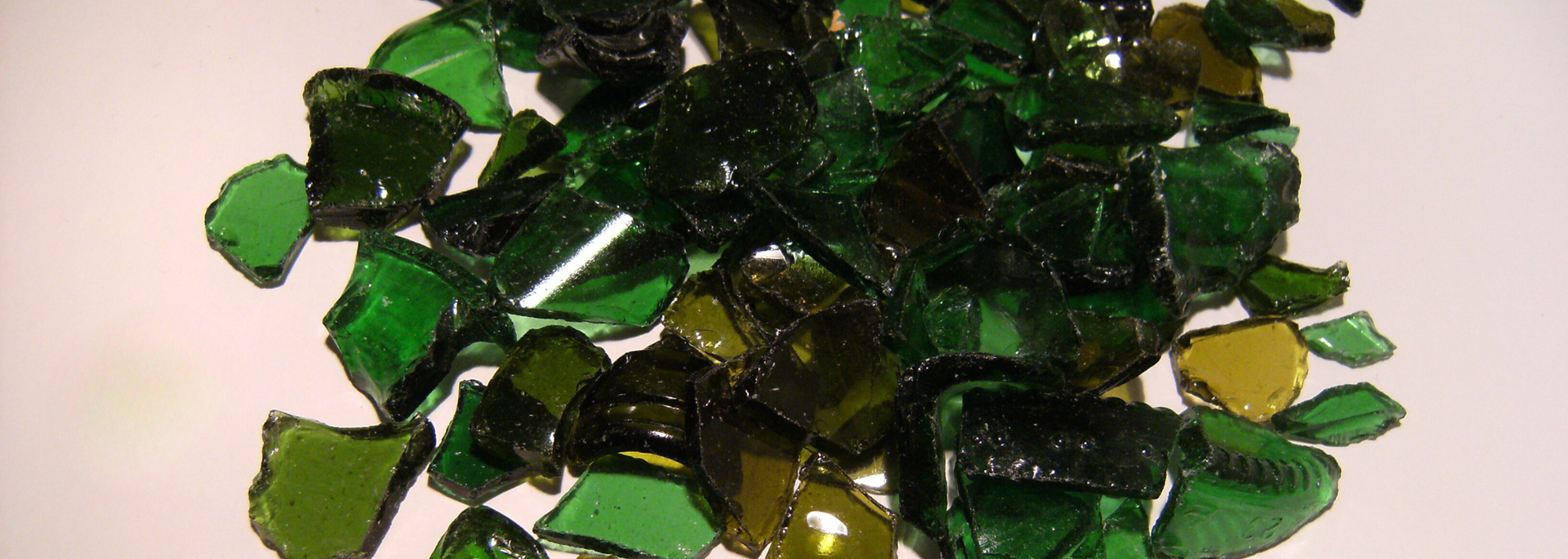
And so, it's back to the sieve. Or, rather, a series of sieves with increasingly fine meshes. By the end of this screening process, the cullets will be in neat piles, sorted by size.
Some piles go off to make new glass. Others are used to manufacture abrasives, fibreglass, ceramics or aggregates. But all will be reused in some manner or other.
How efficient is glass recycling?
Theoretically, glass is 100% recyclable. Not only can glass be recycled again and again, but it can also be recycled with 0% waste.
But whether all glass
actually
gets recycled is a different matter. After all, it's pretty much impossible to ensure that every jar, bottle and windowpane ends up in the recycling bin where it belongs.
According to
government data, the UK recycles nearly 70% of glass packaging – but details are hazy on other kinds of glass. In any case, that puts us behind Sweden – which recycles 86% of glass packaging – and ahead of the US, which only manages 31%.
Can you recycle toughened glass?
Toughened glass is roughly four times stronger than conventional float glass. This is great for situations where safety is paramount. However, its strength becomes a weakness when it comes to recyclability.
That's not to say that toughened glass can't be recycled. It can, but it requires specialised processes that make it difficult to recycle at scale. It can also be broken up and reused – as mortar aggregate, for instance.
Can you recycle laminated glass?
As with toughened glass, recycling laminated glass is a complex process that only specialised facilities can handle.
This complexity is compounded by the mixed materials used to create the glass. Laminated glass consists of two or more glass sheets joined with plastic interlayers.
However, great strides are being made in laminated glass recycling technology. One US-based recycling firm, for instance,
claims to be able to recycle glass laminates with almost 100% efficiency.
As a trusted UK glass processor, ToughGlaze takes sustainability very seriously. We're constantly looking for new ways to improve efficiency, reduce our carbon footprint and add value for our customers. Learn more about our state-of-the-art
glass toughening plant or
get in touch with our friendly team.

